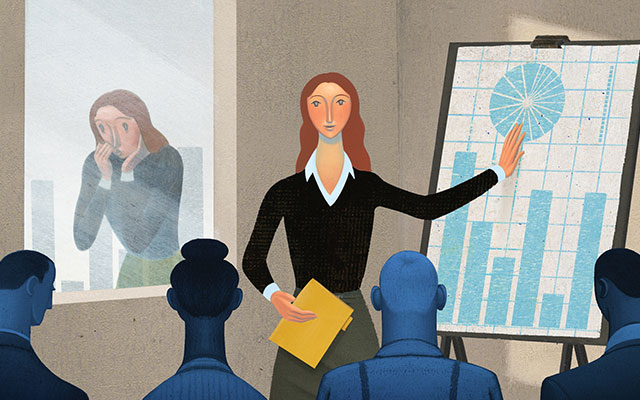What makes us creative and what defines “creativity”? These two questions have been on my mind most of my life. Perhaps it’s because I’m constantly seeking a solution to overcoming writer’s block and finding the spark that ignites a solution to a problem or leads to a paradigm shift.
I know I’m not alone in my quest. Creativity is a prized commodity in just about every profession, and research has show that being creative affects our health and well-being, which might be why creative outlets like art and music have been used as health interventions.
For a long time, arguments were made about creativity in a right- vs. left-brain context. While others thought — as with most dichotomies — those arguments seemed far too simplistic for a messy process such as creativity.
Answering these questions has led neuroscientists to do some creative thinking. A breakthrough study from Stanford University published in the open-access journal, Scientific Reports, is the first to directly link the cerebellum — known as the “little brain” and the part of the brain that’s home to movement, reflexes, and coordination — to the creative process.
“Our findings represent an advance in our knowledge of the brain-based physiology of creativity,” said the study’s senior author, Allan Reiss, MD, professor of radiology and of psychiatry and behavioral sciences at Stanford School of Medicine.
Study participants were placed into a functional magnetic resonance imaging (fMRI) machine with a non-magnetic tablet and were asked to simply draw pictures — like the one’s you’ve done while playing those cut-throat games of Pictionary with family and friends — based on action words with 30 seconds for each word. Participants were also asked to draw zigzag lines to establish baseline brain function for the task of drawing and later ranked each word based on its difficulty to draw.
The tablet transmitted the drawings to researchers who scored them on a 5-point scale of creativity, and analyzed the scans for brain activity patterns.
The researchers noted that a number of brain areas were more active when subjects were drawing words than when they were drawing zigzag lines.
They noted that “peak activation occurred in the cerebellum and regions of the cortex known to be involved in coordinating motor control or acting as a visual sketchpad. The latter regions’ involvement in detailed drawing wasn’t particularly surprising. But the heightened activity in the cerebellum was unexpected.”
Researchers speculate “that the cerebellum may be able to model all new types of behavior as the more frontally located cortical regions make initial attempts to acquire those behaviors. The cerebellum then takes over and, in an iterative and subconscious manner, perfects the behavior, relieving the cortical areas of that burden and freeing them up for new challenges.”
While the research has limits — such as the difficulty of defining “creativity” and getting people to be creative on demand — the findings may change our minds about the parts of the brain responsible for getting our creative juices flowing. However, the findings support my own thesis that creativity isn’t about the left-brain or the right-brain — it’s a no-brainer. Creating is essential to what makes us human.




This Post Has 0 Comments